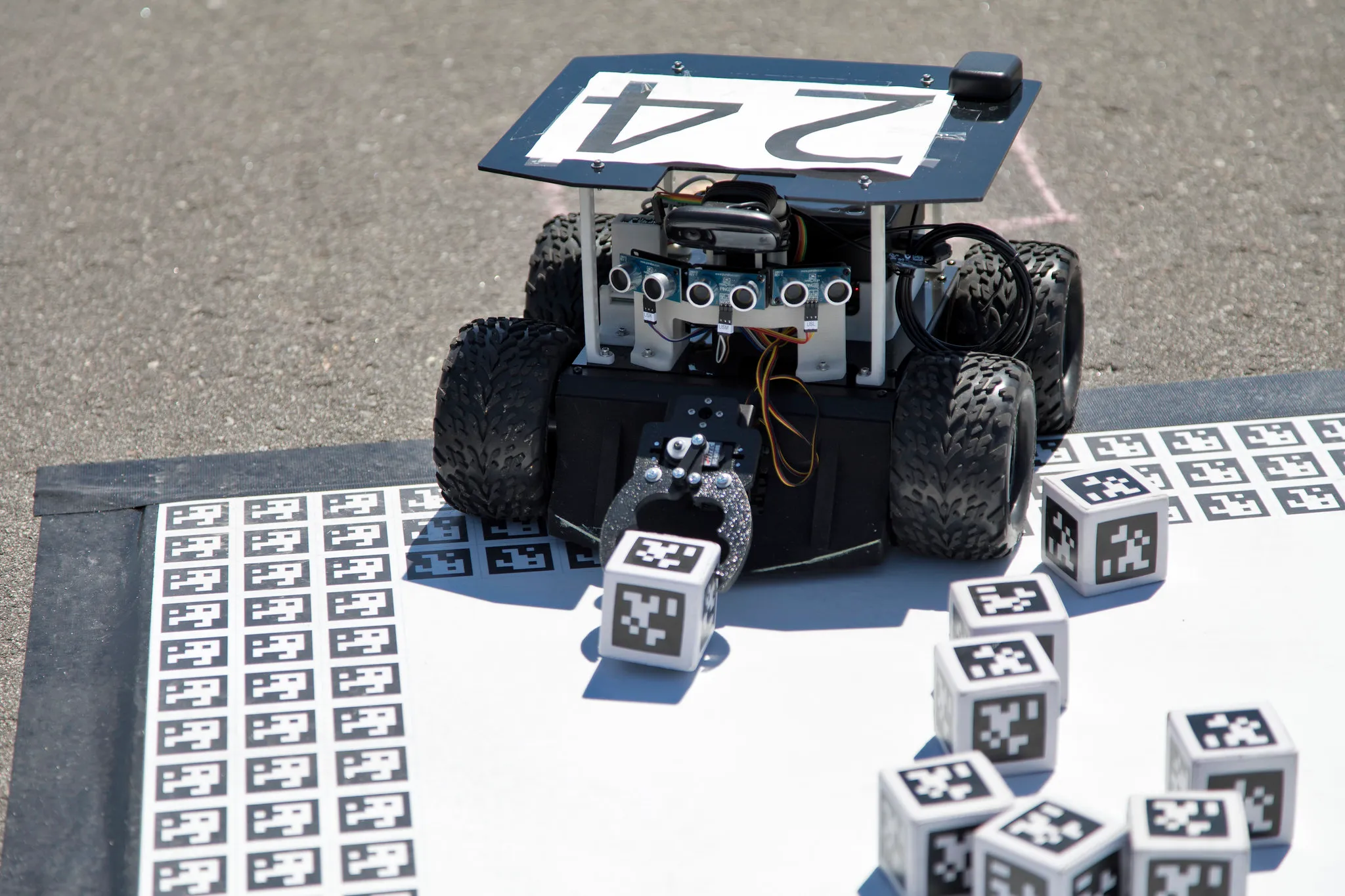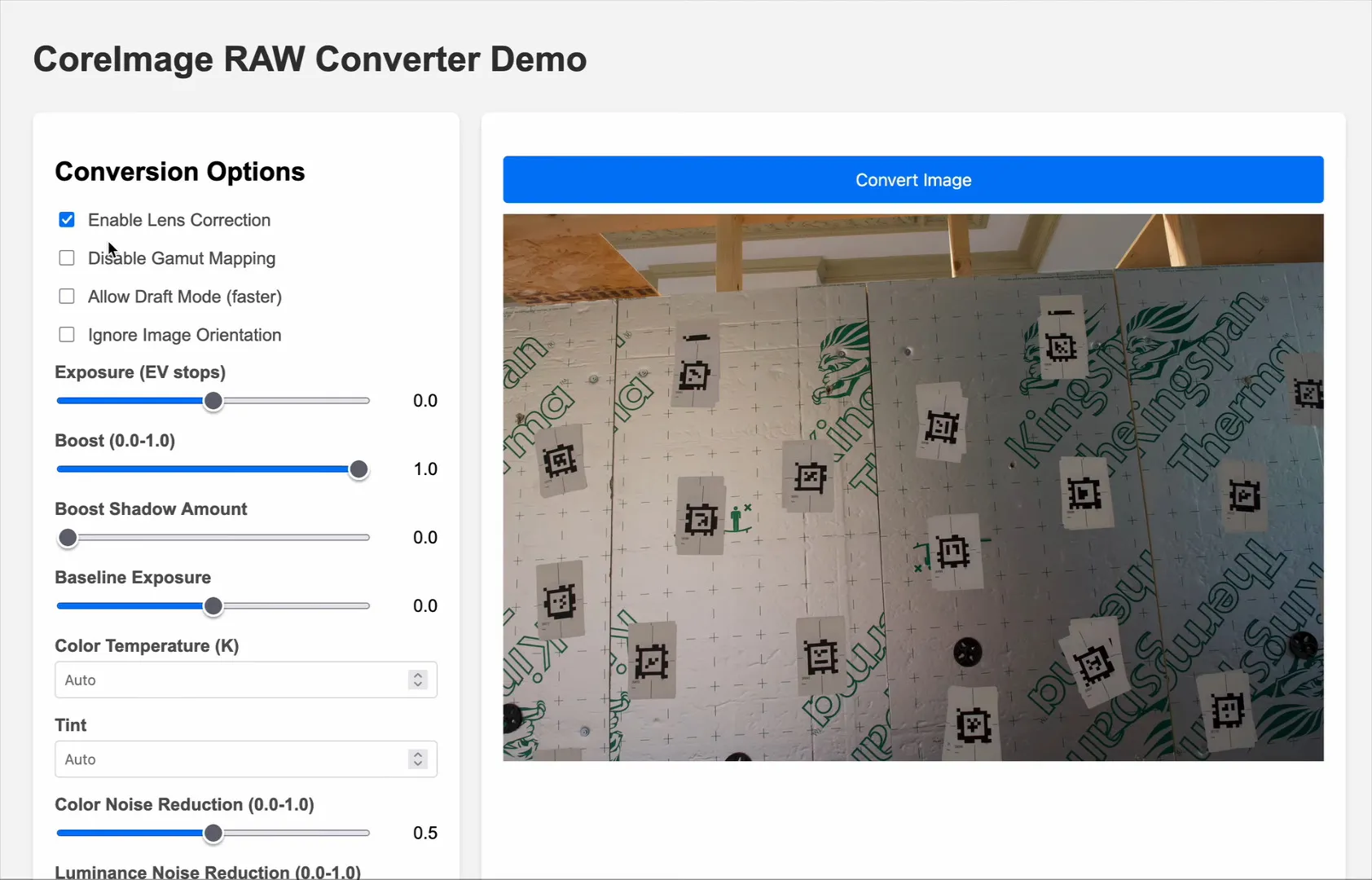2025-08-03
From time to time, I encounter a problem sufficiently fiddly that I can’t justify writing my own solution. But good news! There is a mature library with exactly the right features.
Written in the wrong language.
Drat.
Now I have to make that decision again:
Having bindings is often the nicest solution. If only it were less annoying to implement.
I’ve been working on some vision-related things recently and I wanted to detect AprilTags in images in my Node.js application.

There is a solid AprilTag library out there already. The AprilTag library, really. But there’s no package for it on NPM.
I’ve been using Claude Code (and Cursor) a lot recently. I observed that they are surprisingly good at wiring up some value that needs to be passed through many layers of an application. That sure sounds a lot like writing bindings.
So I pointed Claude Code at the problem and it pretty much just churned out @monumental-works/apriltag-node. I didn’t have to think about the nitty-gritty of the build system. I didn’t have to manually describe the shape of the API in three different places.
Did it choose the best way to do things? Probably not. But I would actually much prefer to have a suboptimal working library than spend an hour deciding between node-gyp and cmake-js. Vibecoding just deletes the analysis paralysis step from my workflow.
The next problem came a week later. I needed a fast way to convert RAW images to JPEG. ImageMagick seemed pretty slow (and I didn’t really want to bundle it with the application). I soon discovered that macOS has an accelerated native API for this called Core Image.
I was enthused by my experience creating the apriltag-node library. So I just tried the same thing again. And it worked again. I’ve never written a line of Objective-C++ in my life, but apparently I can vibecode it just fine.
Iterating on the library was also great. I gave it a link to the docs; it read them; it added support for all 15+ relevant configuration parameters. This would have been mind-numbingly boring manual work.
Within a few hours coreimage-raw-convert was ready for business. And it was trivially easy to add extras like an interactive demo and benchmarks.

The vibecoded demo of coreimage-raw-convert
I am excited to try this in a non-Node environment at some point. Hopefully this approach works equally well for writing Python and Rust bindings.